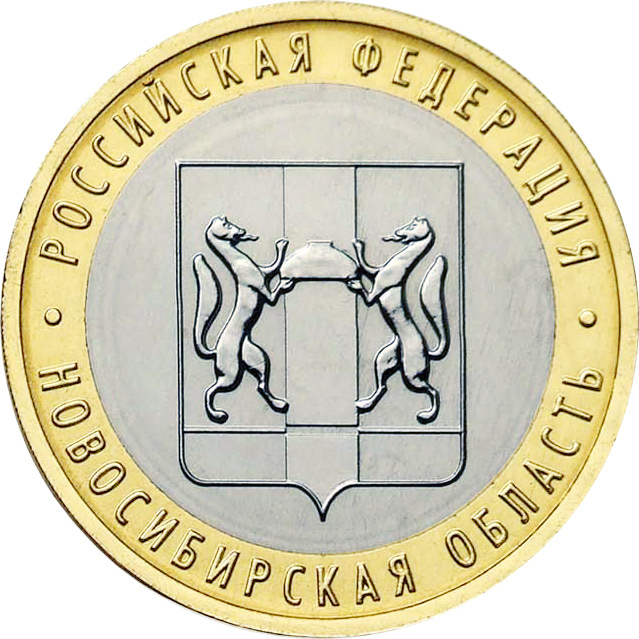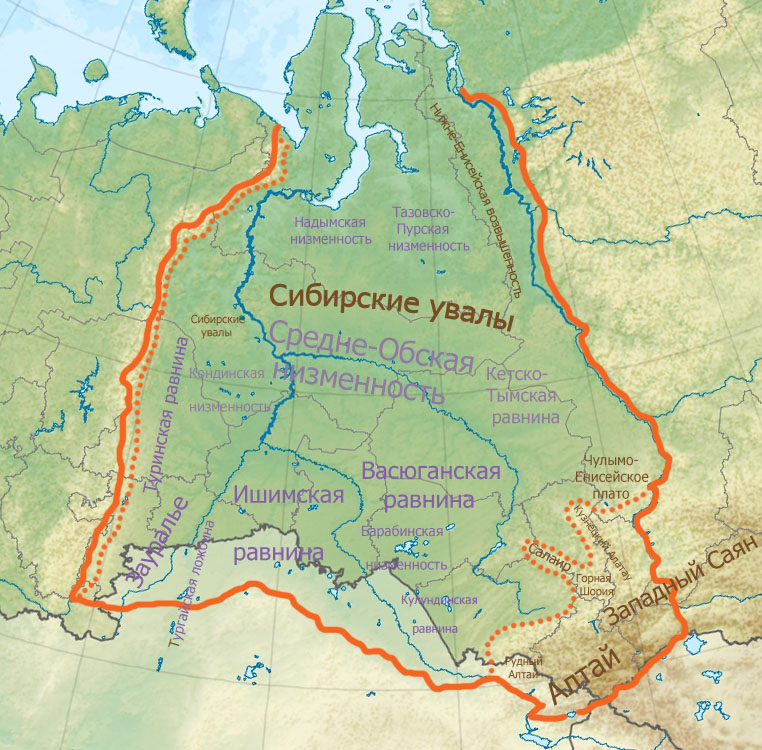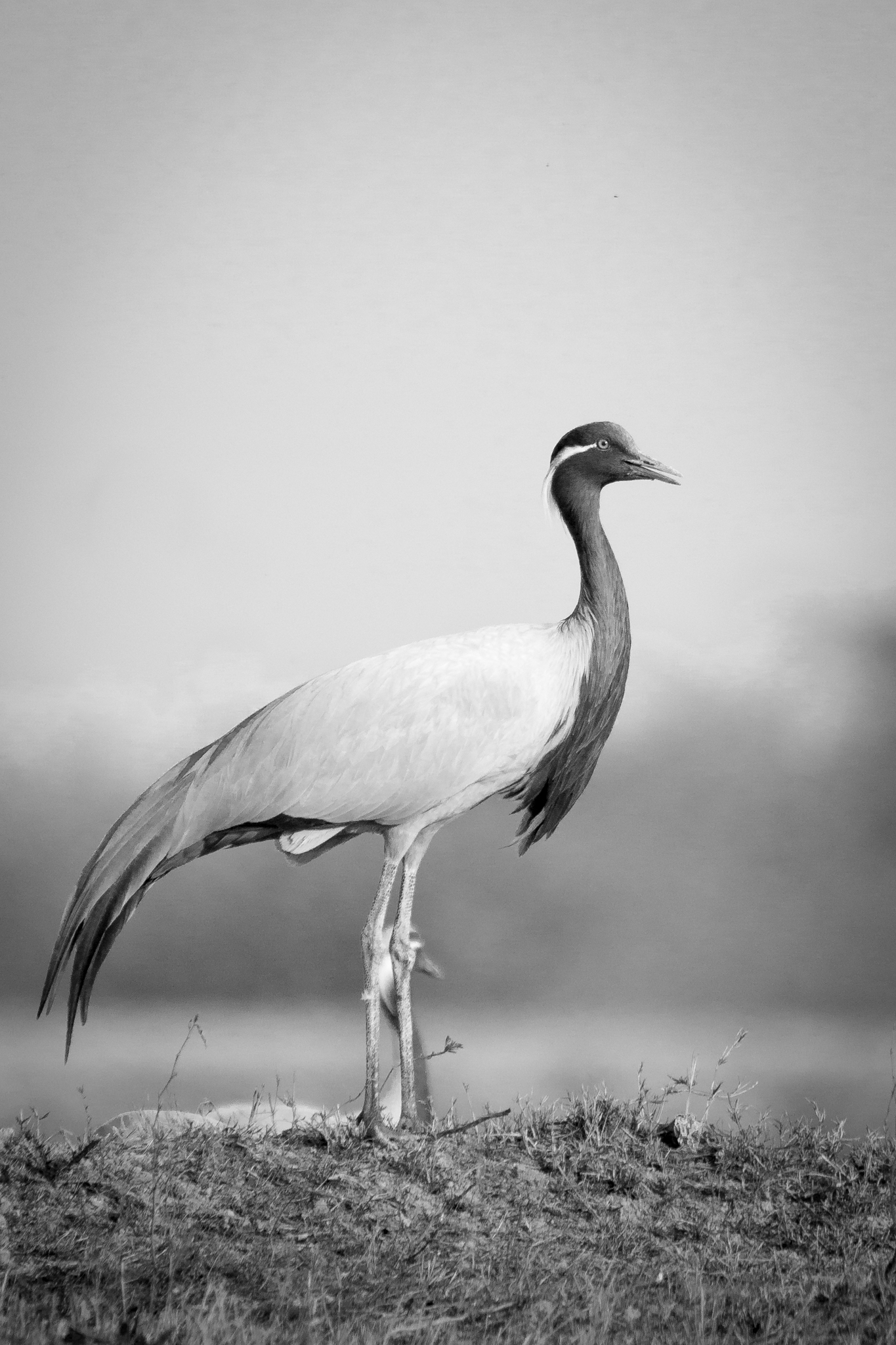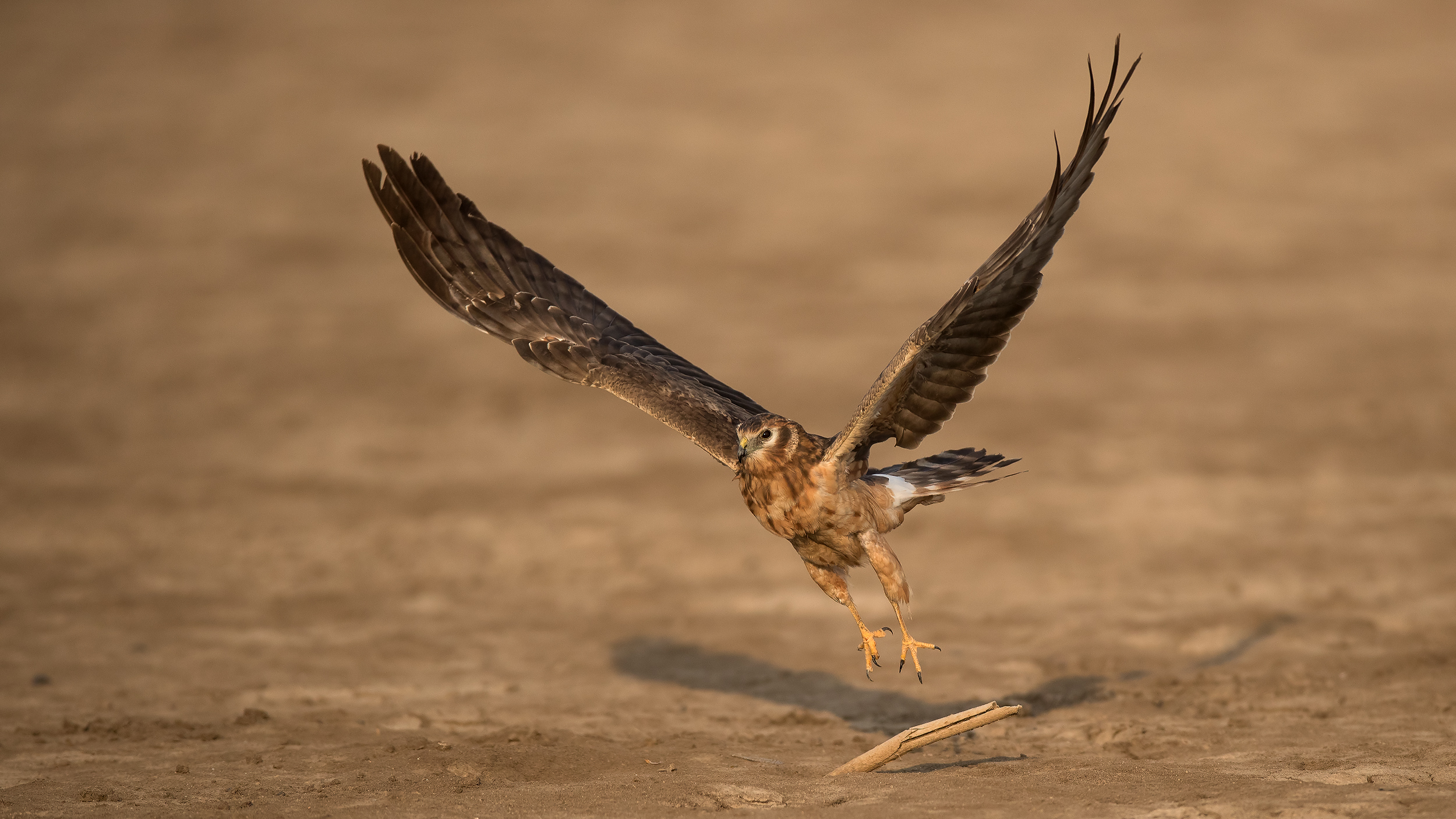|
Kurumbel Steppe
Kurumbel Steppe (russian: Курумбельская степь) is a steppe in Omsk and Novosibirsk oblasts, Western Siberia, Russia. It is located between the Irtysh River and Lake Chany. The name comes from the former village of Kurumbel. Birds At least 126 species of birds nest here: demoiselle crane, little bustard, pallid harrier, red-footed falcon, black-winged pratincole, common crane etc. In spring and autumn, numerous Arctic and sub-Arctic migrant birds stop here for rest and feeding. Kurumbel steppe is of great international significance, for at least 5 bird species. Lakes Chany, Ulzhai, Chebakly, etc. Gallery Ozero Ulzhay 2010.jpg, Lake Ulzhai Kurumbel 02.jpg See also * Baraba steppe The Baraba steppe or Baraba Lowland (), is a plain in western Siberia. The Baraba Lowland is an important Russian agricultural region. Geography It stretches for across the Omsk and Novosibirsk oblasts between the Irtysh and the Ob Rivers. G ... References {{coord mi ... [...More Info...] [...Related Items...] OR: [Wikipedia] [Google] [Baidu] |
Omsk Oblast
Omsk Oblast (russian: О́мская о́бласть, ''Omskaya oblast'') is a federal subject of Russia (an oblast), located in southwestern Siberia. The oblast has an area of . Its population is 1,977,665 ( 2010 Census) with the majority, 1.12 million, living in Omsk, the administrative center. The oblast borders with Tyumen Oblast in the north and west, Novosibirsk and Tomsk Oblasts in the east, and with Kazakhstan in the south. Geography Omsk Oblast shares borders with Kazakhstan (North Kazakhstan Region and Pavlodar Region) to the south, Tyumen Oblast in the west and Novosibirsk Oblast and Tomsk Oblast in the east. It is included in the Siberian Federal District. The territory stretches for from north to south and from west to east. The main water artery is the Irtysh River and its tributaries the Ishim, Om, Osha, and Tara Rivers. The region is located in the West Siberian Plain, consisting of mostly flat terrain. In the south is the Ishim Plain, gradually turning i ... [...More Info...] [...Related Items...] OR: [Wikipedia] [Google] [Baidu] |
Novosibirsk Oblast
Novosibirsk Oblast (russian: Новосиби́рская о́бласть, ''Novosibirskaya oblast'') is a federal subject of Russia (an oblast) located in southwestern Siberia. Its administrative and economic center is the city of Novosibirsk. The population was 2,788,849 as of the 2018 Census. Geography Overview Novosibirsk Oblast is located in the south of the West Siberian Plain, at the foothills of low Salair ridge, between the Ob and Irtysh Rivers. The oblast borders Omsk Oblast in the west, Kazakhstan (Pavlodar Province) in the southwest, Tomsk Oblast in the north, Kemerovo Oblast in the east, and Altai Krai in the south. The territory of the oblast extends for more than from west to east, and for over from north to south. The oblast is mainly plain; in the south the steppes prevail; in the north enormous tracts of woodland with great number of marshes prevail. There are many lakes, the largest ones located at the south. The majority of the rivers belong to the ... [...More Info...] [...Related Items...] OR: [Wikipedia] [Google] [Baidu] |
Western Siberia
Western Siberia or West Siberia (russian: Западная Сибирь, Zapadnaya Sibir'; kk, Батыс Сібір) is a part of the larger region of Siberia that is mostly located in the Russian Federation. It lies between the Ural region and the Yenisei River, which conventionally divides Siberia into two halves. Western Siberia covers an area of , nearly 80% of which is located within the West Siberian Plain. The largest rivers of the region are the Irtysh and the Ob. The West Siberian petroleum basin is the largest hydrocarbon (petroleum and natural gas) basin in the world covering an area of about 2.2 million km2, and is also the largest oil and gas producing region in Russia. In medieval times, the region was part of the Golden Horde. After its gradual decline during the 15th century, the Khanate of Sibir, centered on Tyumen, was formed within the area. In the late 16th century, most of Western Siberia was conquered by the Russian Empire, while its southern region be ... [...More Info...] [...Related Items...] OR: [Wikipedia] [Google] [Baidu] |
Russia
Russia (, , ), or the Russian Federation, is a List of transcontinental countries, transcontinental country spanning Eastern Europe and North Asia, Northern Asia. It is the List of countries and dependencies by area, largest country in the world, with its internationally recognised territory covering , and encompassing one-eighth of Earth's inhabitable landmass. Russia extends across Time in Russia, eleven time zones and shares Borders of Russia, land boundaries with fourteen countries, more than List of countries and territories by land borders, any other country but China. It is the List of countries and dependencies by population, world's ninth-most populous country and List of European countries by population, Europe's most populous country, with a population of 146 million people. The country's capital and List of cities and towns in Russia by population, largest city is Moscow, the List of European cities by population within city limits, largest city entirely within E ... [...More Info...] [...Related Items...] OR: [Wikipedia] [Google] [Baidu] |
Irtysh River
The Irtysh ( otk, 𐰼𐱅𐰾:𐰇𐰏𐰕𐰏, Ertis ügüzüg, mn, Эрчис мөрөн, ''Erchis mörön'', "erchleh", "twirl"; russian: Иртыш; kk, Ертіс, Ertis, ; Chinese: 额尔齐斯河, pinyin: ''É'ěrqísī hé'', Xiao'erjing: عَعَرٿِسِ حْ; ug, إيرتيش, Әртиш, ''Ertish''; tt-Cyrl, Иртеш, , , Siberian Tatar: Эйәртеш, ''Eya’rtes’'') is a river in Russia, China, and Kazakhstan. It is the chief tributary of the Ob and is also the second longest tributary river in the world after Paraná River. The river's source lies in the Mongolian Altai in Dzungaria (the northern part of Xinjiang, China) close to the border with Mongolia. The Irtysh's main tributaries include the Tobol, Demyanka and the Ishim. The Ob-Irtysh system forms a major drainage basin in Asia, encompassing most of Western Siberia and the Altai Mountains. Geography From its origins as the ''Kara-Irtysh'' (Vast Irtysh, kara means Vast in Turkic languag ... [...More Info...] [...Related Items...] OR: [Wikipedia] [Google] [Baidu] |
Lake Chany
Lake Chany (russian: озеро Чаны) is a lake in Novosibirsk Oblast, Russia. The lake extends across five districts of Novosibirsk Oblast: Zdvinsky, Barabinsky, Chanovsky, Kupinsky and Chistoozyorny. Geography Lake Chany is one of the largest lakes in Russia. It is located in the Baraba steppe area. The lake is shallow, hyposaline and has a fluctuating water level, which can change from season to season and year to year. The depth of the lake is mainly 1–2 m, but it can reach 8 m in some places.The glorious sea is Lake Chany. Sovetskaya Sibir. Славное море — озеро Чаны. Советская Сибирь. May 4, 2007. Lake Chany is connected with the Small Chany (Malye Chany) and Yarkul lakes to ... [...More Info...] [...Related Items...] OR: [Wikipedia] [Google] [Baidu] |
Demoiselle Crane
The demoiselle crane (''Grus virgo'') is a species of crane found in central Eurosiberia, ranging from the Black Sea to Mongolia and North Eastern China. There is also a small breeding population in Turkey. These cranes are migratory birds. Birds from western Eurasia will spend the winter in Africa while the birds from Asia, Mongolia and China will spend the winter in the Indian subcontinent. The bird is symbolically significant in the culture of India, where it is known as ''Koonj'' or ''Kurjaa''. Description The demoiselle is long, tall and has a wingspan. It weighs . It is the smallest species of crane. The demoiselle crane is slightly smaller than the common crane but has similar plumage. It has a long white neck stripe and the black on the foreneck extends down over the chest in a plume. It has a loud trumpeting call, higher-pitched than the common crane. Like other cranes it has a dancing display, more balletic than the common crane, with less leaping. The demoise ... [...More Info...] [...Related Items...] OR: [Wikipedia] [Google] [Baidu] |
Little Bustard
The little bustard (''Tetrax tetrax'') is a bird in the bustard family, the only member of the genus ''Tetrax''. The genus name is from Ancient Greek and refers to a gamebird mentioned by Aristophanes and others. Distribution It breeds in Southern Europe and in Western and Central Asia. Southernmost European birds are mainly resident, but other populations migrate further south in winter. The central European population once breeding in the grassland of Hungary became extinct several decades ago. The species is declining due to habitat loss throughout its range. It used to breed more widely, for example ranging north to Poland occasionally. It is only a very rare vagrant to Great Britain despite breeding in France. On 20 December 2013, the Cypriot newspapers 'Fileleftheros' and 'Politis', as well as news website 'SigmaLive', reported the discovery of a dead little bustard in the United Nations Buffer Zone. The bird had been shot by poachers hunting illegally in the zone. The sho ... [...More Info...] [...Related Items...] OR: [Wikipedia] [Google] [Baidu] |
Pallid Harrier
The pale or pallid harrier (''Circus macrourus'') is a migratory bird of prey of the harrier subfamily. The scientific name is derived from the Ancient Greek. ''Circus'' is from ''kirkos'', referring to a bird of prey named for its circling flight (''kirkos'', "circle"), probably the hen harrier and ''macrourus'' is "long-tailed", from ''makros'', "long" and ''-ouros'' "-tailed". It breeds in southern parts of eastern Europe and central Asia and Iran and winters mainly in India and southeast Asia. It is a rare but increasing vagrant to Great Britain and western Europe. In 2017 a pair of pallid harriers nested in a barley field in the Netherlands; they raised four chicks, the first recording breeding of the species in the country. In 2019, a pair bred in Spain for the first time. This medium-sized raptor breeds on open plains, bogs and heathland. In winter it is a bird of open country. Description This is a typical harrier, with long wings held in a shallow V in its low fli ... [...More Info...] [...Related Items...] OR: [Wikipedia] [Google] [Baidu] |
Red-footed Falcon
The red-footed falcon (''Falco vespertinus''), formerly the western red-footed falcon, is a bird of prey. It belongs to the family Falconidae, the falcons. This bird is found in eastern Europe and Asia although its numbers are dwindling rapidly due to habitat loss and hunting. It is migratory, wintering in Africa. It is a regular wanderer to western Europe, and in August 2004 a red-footed falcon was found in North America for the first time on the island of Martha's Vineyard, Massachusetts. Taxonomy The Amur falcon was formerly included herein as a subspecies but it is nowadays considered distinct. Nonetheless, it is the present species' closest relative; their relationship to other falcons is more enigmatic. They appear morphologically somewhat intermediate between kestrels and hobbies and DNA sequence data has been unable to further resolve this question, mainly due to lack of comprehensive sampling. They might be closer to the merlin than to most other living falcons, ... [...More Info...] [...Related Items...] OR: [Wikipedia] [Google] [Baidu] |
Black-winged Pratincole
The black-winged pratincole (''Glareola nordmanni'') is a wader in the pratincole bird family, Glareolidae. The genus name is a diminutive of Latin ''glarea'', "gravel", referring to a typical nesting habitat for pratincoles. The species name commemorates the Finnish-born zoologist and explorer Alexander von Nordmann. Description It is long, with short legs, long pointed wings and a forked tail. It has a short bill, which is an adaptation to aerial feeding. The back and head are brown, and the wings are brown with black flight feathers. The belly is white and the underwings are black. Very good views are needed to distinguish this species from other pratincoles, such as the collared pratincole and the oriental pratincole which may occur in its range. It is marginally larger than the collared pratincole, and is shorter-tailed and longer legged. Although the dark underwing and lack of a white trailing edge to the wing are diagnostic, these features are not always readily seen i ... [...More Info...] [...Related Items...] OR: [Wikipedia] [Google] [Baidu] |






_juvenile.jpg)
